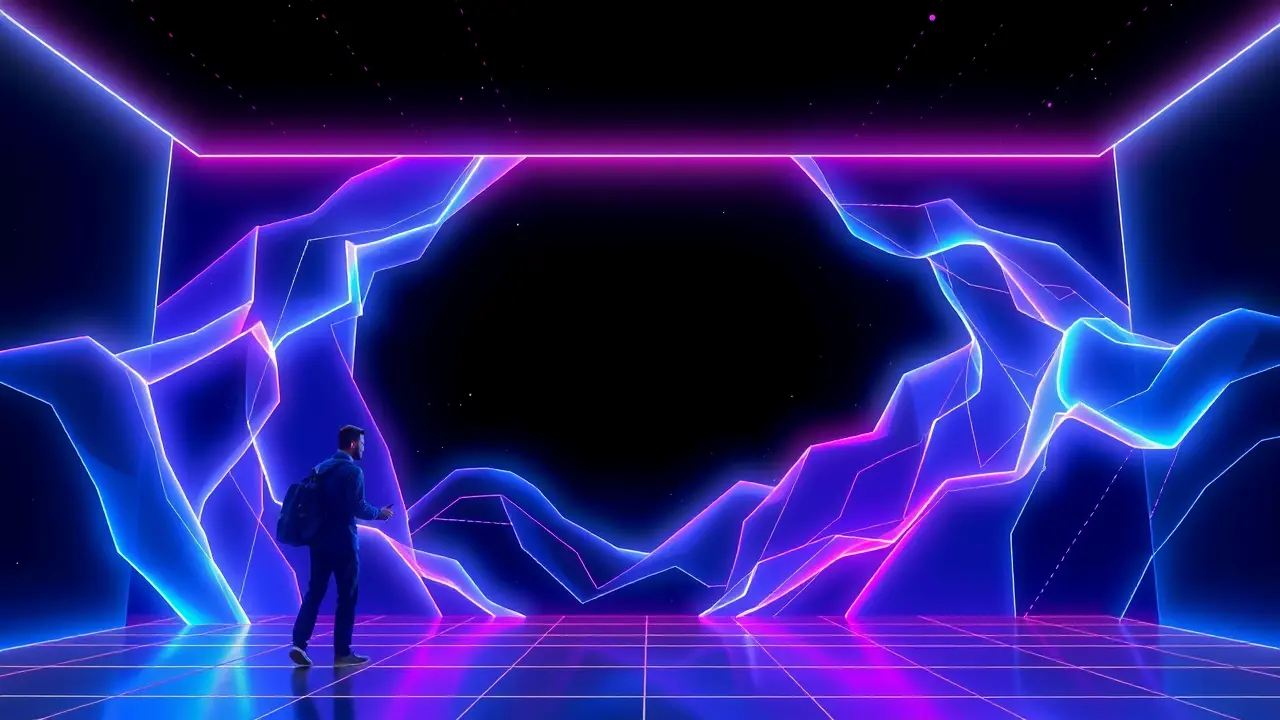How to Get an Invite to Use OpenAI's Sora
The unveiling of OpenAI's Sora on September 30th sent immediate and profound shockwaves through the technology sector, marking not merely the arrival of another AI image generator but the debut of a sophisticated social media ecosystem built around hyper-realistic, 10-second video synthesis, an application that remains, for the moment, a fiercely guarded citadel accessible only by invitation. This strategic, gated rollout is a masterclass in controlled deployment, reminiscent of the early, exclusive beta tests for foundational platforms like Gmail or Facebook, designed to cultivate an aura of elite desirability while allowing OpenAI's engineers to stress-test the model's formidable capabilities and its equally formidable potential for misuse in a contained environment.To understand how one might secure a coveted invite is to delve into the intricate dance of AI governance, community building, and technical vetting; it's a process that likely prioritizes a diverse cohort of early adopters—esteemed digital artists known for pushing creative boundaries, veteran filmmakers experimenting with generative storytelling, and rigorous AI ethicists tasked with probing the model's latent biases and its capacity for generating disinformation. The technical underpinnings of Sora itself, likely a diffusion model or a hybrid transformer architecture trained on an unprecedented dataset of video-content pairs, represent a quantum leap beyond static image generation, forcing the model to understand and simulate not just objects but physics, motion, temporal coherence, and narrative flow, a challenge that has long been the holy grail of multimodal AI research.This advancement inevitably reignites the heated debate surrounding the 'Stochastic Parrot' hypothesis and the emergent properties of large-scale models, prompting questions about whether Sora is simply an expert pattern-matcher or if it possesses a nascent, mechanistic understanding of the three-dimensional world it so convincingly renders. The implications for creative industries are simultaneously exhilarating and deeply disquieting; advertising agencies could prototype commercials in minutes, independent filmmakers could visualize complex scenes without massive budgets, while stock footage and animation studios face an existential threat to their traditional business models, a disruption parallel to the one triggered by DALL-E and Midjourney in illustration, but amplified by the visceral power of video.Concurrently, the policy and ethical landscape becomes exponentially more complex—imagine the challenges of deepfake detection when a model can generate a flawless, 10-second clip of a public figure making an incendiary statement from a simple text prompt, a scenario that could overwhelm current content moderation frameworks and necessitate the development of robust, possibly blockchain-based, provenance standards and cryptographic watermarking. The social media app layer integrated with Sora suggests OpenAI's ambition to create a walled garden, a curated space where creation and community are intrinsically linked, directly challenging platforms like TikTok and Instagram by offering native, AI-powered content generation as its core utility, a move that could redefine user-generated content altogether.However, this closed approach also draws criticism from the open-source AI community, which argues that such powerful technology should not be siloed within a corporate entity, leading to a centralization of creative power and potential algorithmic bias that reflects the data and values of its creators. The path to an invitation, therefore, is not merely a matter of signing up on a waitlist; it is about positioning oneself at the intersection of these converging forces—demonstrating both a capacity for innovative application and a conscientious understanding of the ethical responsibilities that come with wielding such a tool. As we stand on this precipice, the controlled release of Sora serves as a microcosm of the broader AI revolution, encapsulating the perennial tensions between innovation and regulation, access and safety, and the very definition of creativity in an age of synthetic media, making the quest for an invite a symbolic entry point into the next chapter of our digitally constructed reality.
It’s quiet here...Start the conversation by leaving the first comment.
© 2025 Outpoll Service LTD. All rights reserved.
